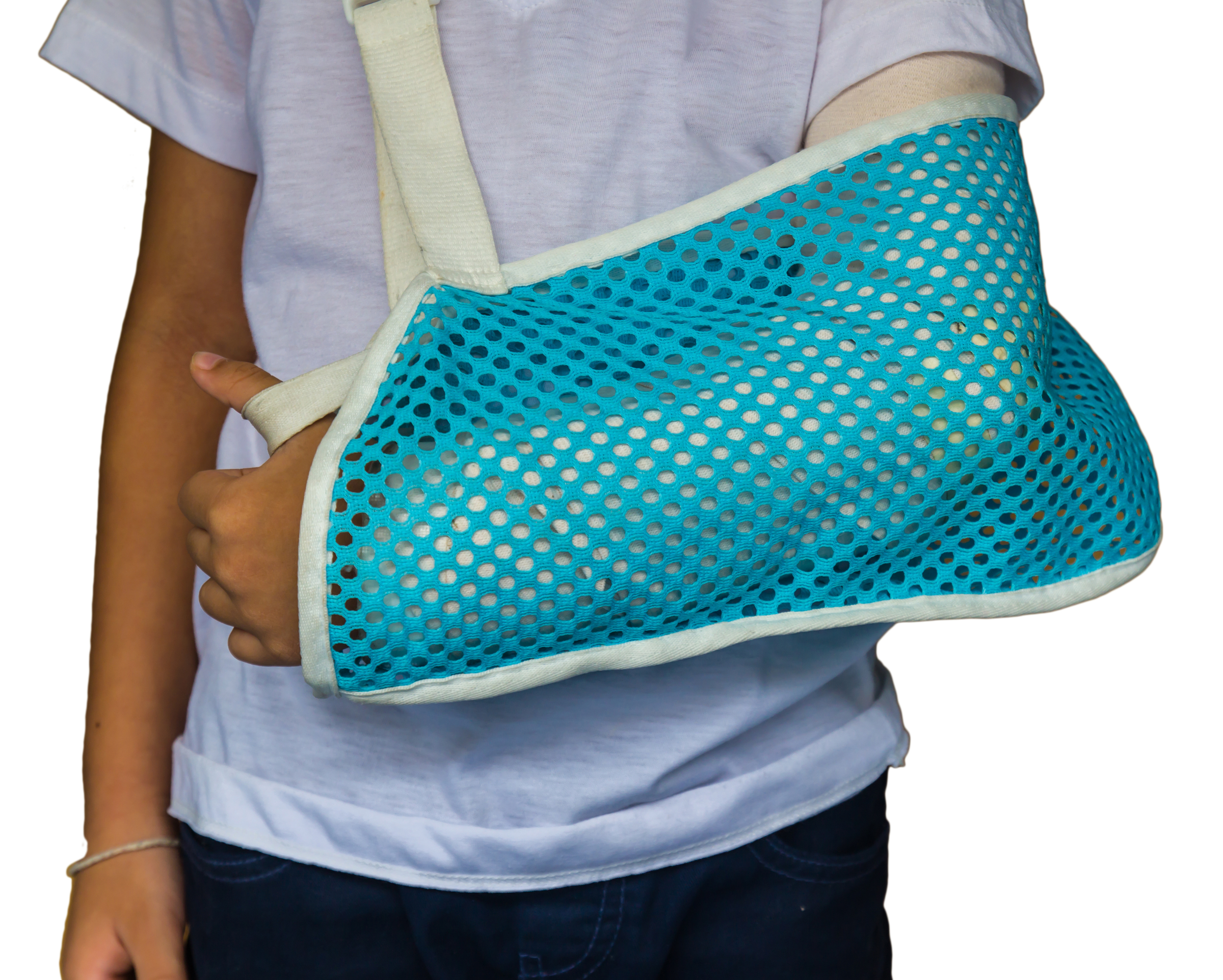Dislocations | Symptoms & Causes
What are the symptoms of a dislocation?
- pain and swelling in the injured area
- difficulty using or moving the injured area in a normal manner
- deformity of the dislocated area
- warmth, bruising, or redness in the injured area
Dislocations | Diagnosis & Treatments
How do we diagnose dislocations?
Your child's physician will do a physical examination. In some cases, diagnostic tests including x-ray or magnetic resonance imaging (MRI) may be used to evaluate the dislocation.
How do we treat dislocations?
It's important that your child's dislocation gets immediate medical attention since fractures can occur at the same time.
What is R.I.C.E.?
Initial treatment of a dislocation includes R.I.C.E. — rest, ice, compression, and elevation.
Sometimes, dislocations reduce spontaneously, meaning the bone ends may go back into place by themselves. However, for those dislocations that don't go back into place, your child's physician will need to place the joint back into its proper position so it will heal.
We'll do everything possible to make sure your child is comfortable during the procedure, including sedating your child, which will help the muscles around the dislocated joint relax so the joint can be put back into place more easily.
Post-injury healing for dislocations
- A splint/cast can help immobilize the dislocated area to promote alignment and healing, while also protecting the injured area from motion.
- Medication may be used for pain control.
- Some kids may need traction, which is the application of force to stretch certain parts of the body in a specific direction. Traction helps stretch the muscles and tendons around the bone ends to reduce the dislocation.
- Your child's activities may be restricted while the dislocation heals.
- Crutches or a wheelchair can enable your child to move around during healing.
- Physical therapy can stretch and strengthen the injured muscles, ligaments, and tendons
Learn about our care tips for cast maintenance.
You can have peace of mind knowing that the skilled experts in our Orthopedic Center have treated thousands of babies and children with many bone-related conditions. We provide expert diagnosis, treatment, and care, and we benefit from our advanced clinical and scientific research.

 Our bones and cartilage are connected with flexible bands of fibrous tissue, called ligaments. When extreme force is put on a ligament, the ends of two connected bones can separate. That causes a dislocation.
Our bones and cartilage are connected with flexible bands of fibrous tissue, called ligaments. When extreme force is put on a ligament, the ends of two connected bones can separate. That causes a dislocation.